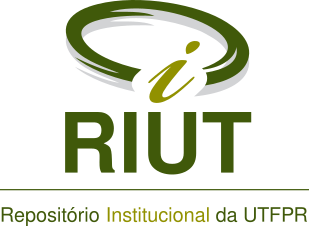Intermediate cities and possible functional urban areas in Planning Region 7 of Rio Grande do Sul - Brazil
Resumo
This text addresses the methodological and analytical potential of the intermediate city and functional urban areas (FUAs) concepts for the analysis and understanding of the urban network development and territorial development dynamics, in regional contexts. The concepts of intermediate cities and functional urban areas and their connections are reviewed in the analysis of territorial dynamics on a regional scale. Based on secondary data from IBGE (2010), e-MEC (2020), INEP (2017), and Municipal Bus Stations (2020), and an exploratory study in Functional Planning Region 7 of Rio Grande do Sul, the existence of possible functional urban areas in the regional territory is identified and analyzed, and an interpretation is provided about the spatial configuration and commuting flows for work and study purposes between cities in the region. The secondary data on the flows show the centrality of urban economy and the leading role of the cities of Ijuí, Santa Rosa, and Santo Ângelo in the regional urban network, evidencing an initial process of constitution of FUAs in the region.
Palavras-chave
Texto completo:
PDF (English)DOI: 10.3895/rbpd.v11n4.15435
Apontamentos
- Não há apontamentos.

Esta obra está licenciada sob uma licença Creative Commons Atribuição 4.0 Internacional.





